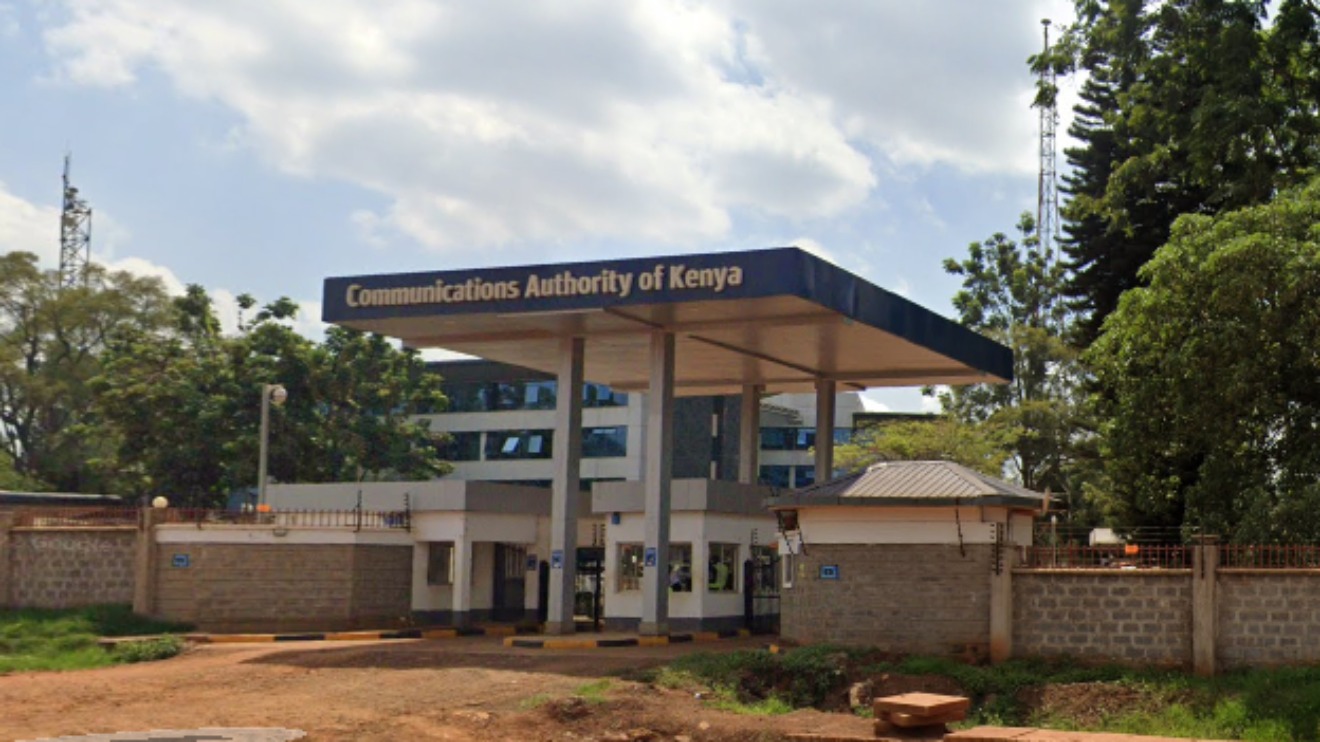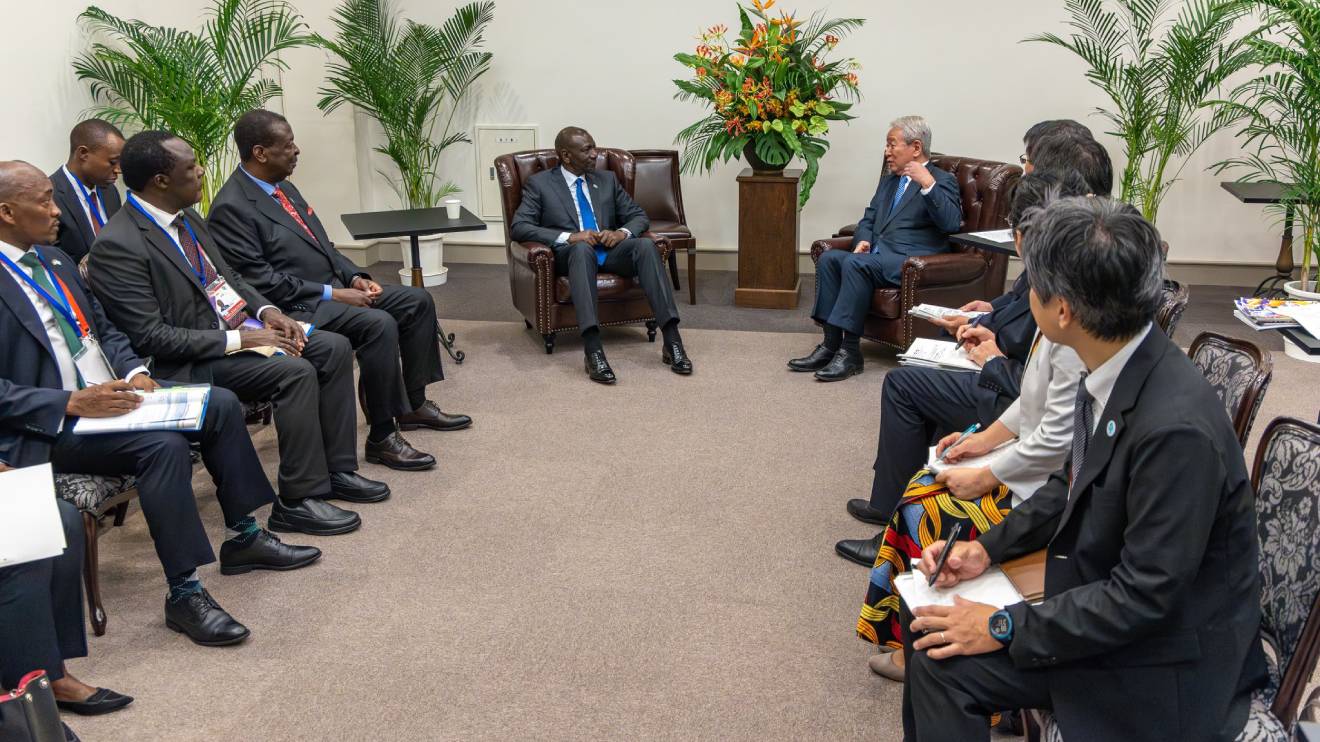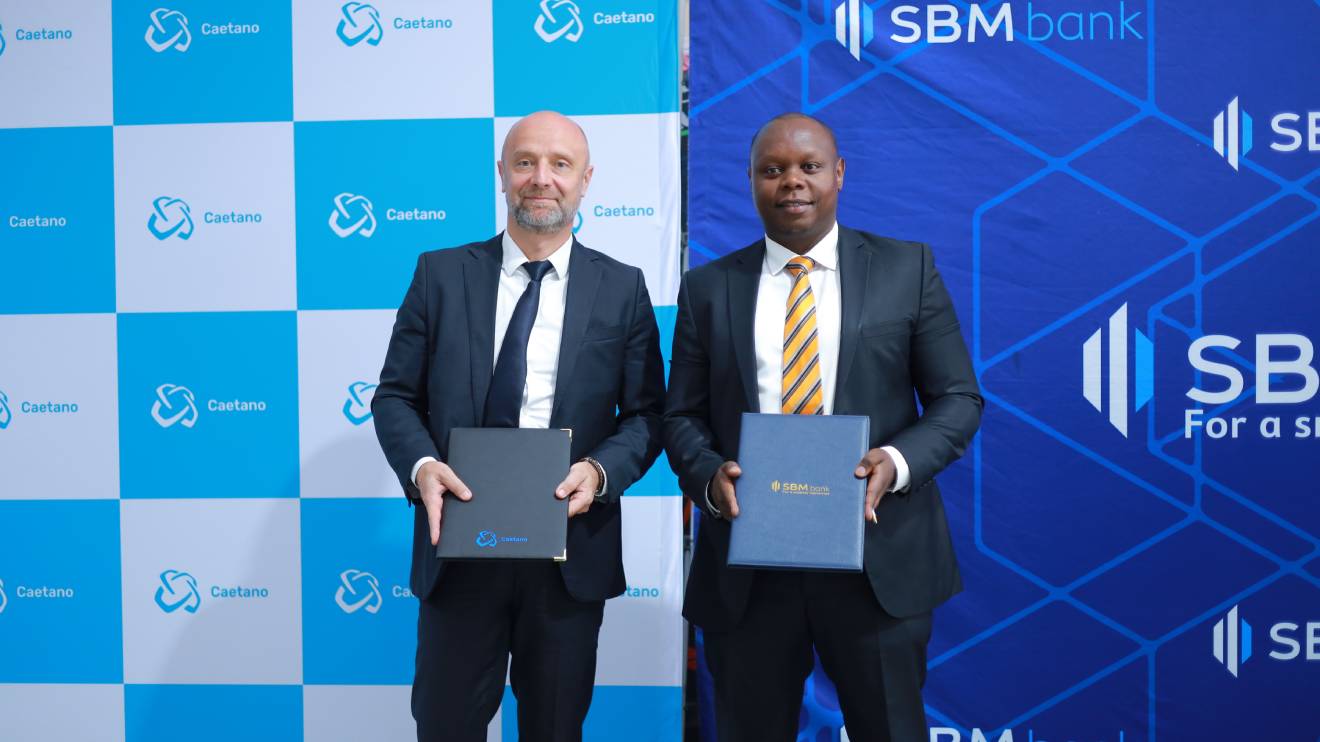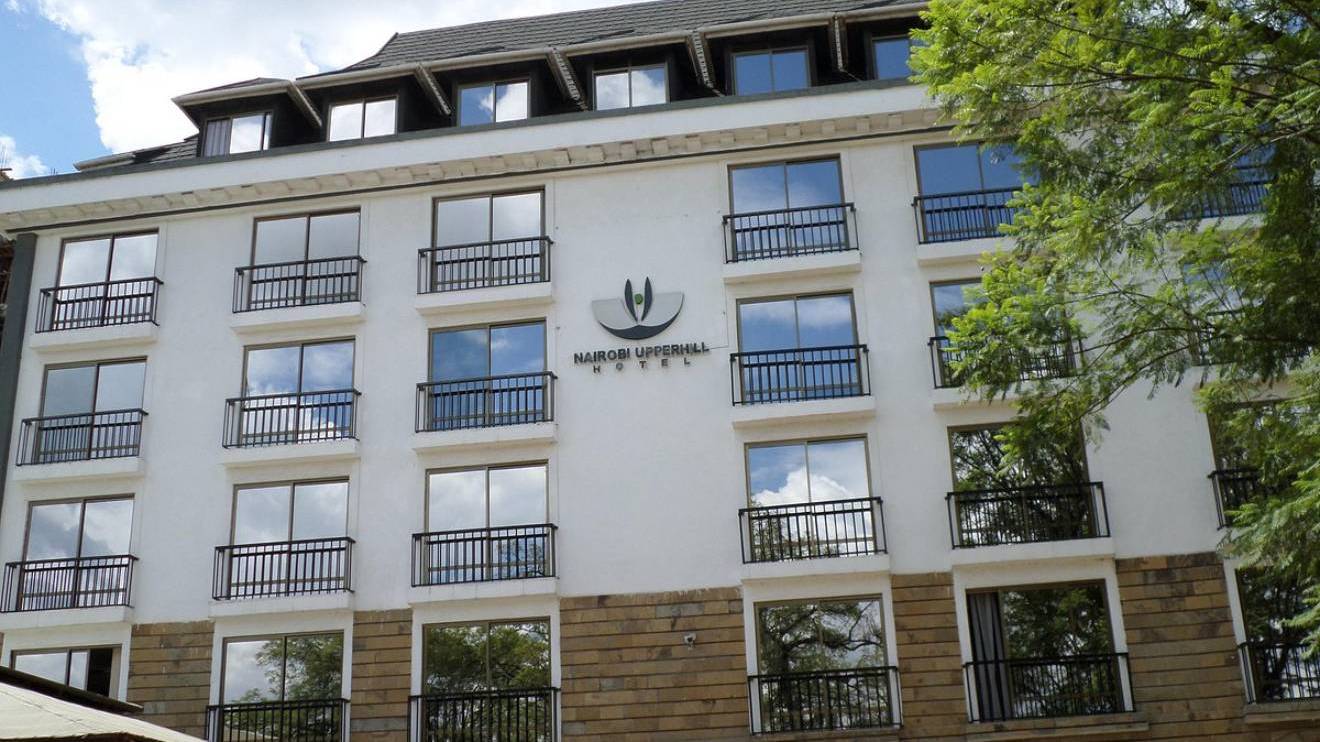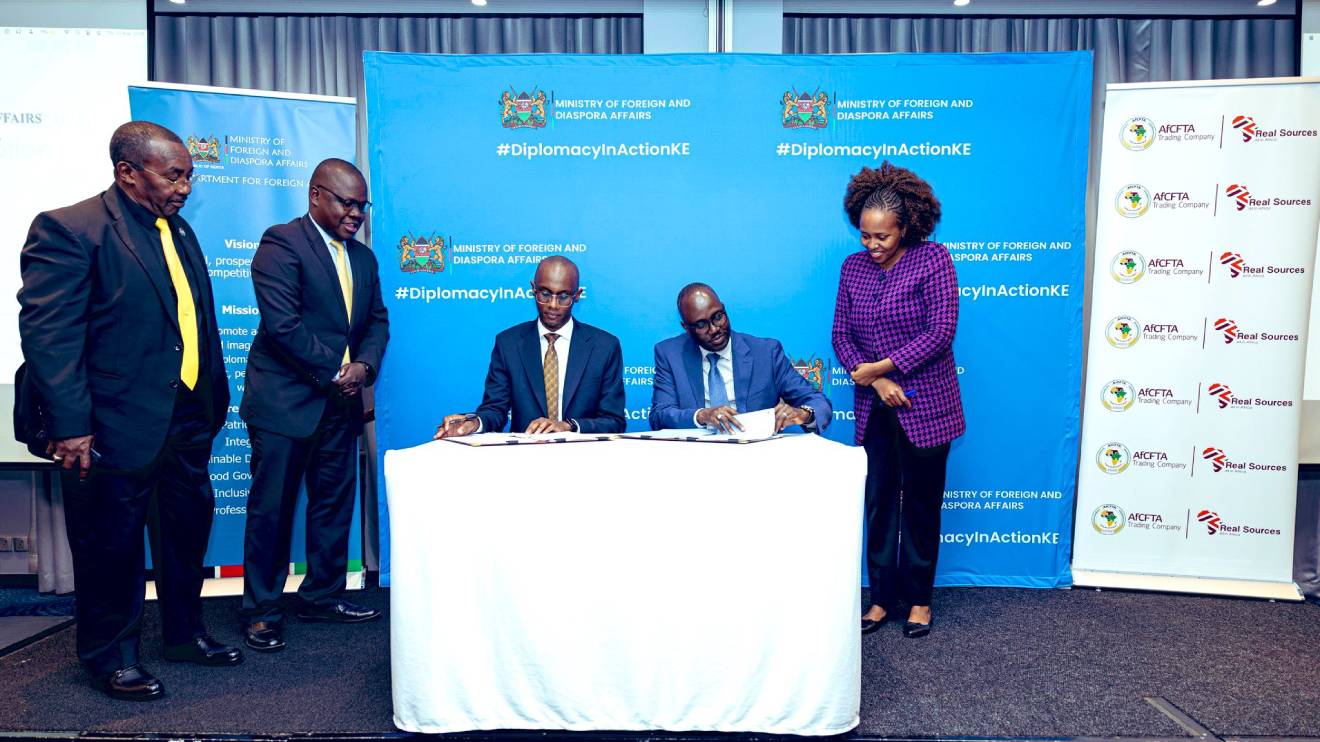Family Bank recorded a 15.4 per cent increase in profit before tax to Sh1.5 billion in the first quarter of 2025, up from Sh1.3 billion in the same period last year.
The growth was driven by higher interest income, a stronger balance sheet, and cost controls.
Net interest income rose by 32.6 per cent to Sh3.2 billion, supported by a 50.6 per cent increase in income from government securities and a 14.1 per cent rise in interest from loans.
Total assets grew by 19.2 per cent to Sh174.0 billion, with the loan book expanding by 10.1 per cent to Sh96.2 billion.
Investment in government securities rose by 3.3 per cent. Non-funded income increased by 32.1 per cent due to more customer transactions, improved digital services, and higher product uptake.
Read More
Over 90 per cent of the Bank’s transactions were conducted through digital channels, and its bancassurance business recorded growth.
Family Bank CEO Nancy Njau linked the results to the Bank’s new strategic plan launched this year..
“This is the first quarter of our new strategic plan, and these results are a reflection of our strategic clarity and the strong relationships we continue to build with our customers as we focus on sustaining long-term shareholder value,” Njau said.
She added that the Bank’s 2025–2029 strategy focuses on technology, customer needs and business growth.
“Our new 2025–2029 strategy prioritizes innovation, digital transformation, customer-centricity, data-driven decision-making, and sustainable growth. We are positioning Family Bank as the Preferred Bank for Biashara, an approach anchored in a refined segmentation strategy, with a strong focus on the retail and SME sectors, enabling us to meet our customers evolving needs,” she concluded.
Customer deposits rose by 19.8 per cent to Sh132.3 billion, backed by the Bank’s branch optimisation and investment in digital services.
Operating expenses went up by 41.5 per cent, mainly due to a 59.6 per cent increase in loan loss provisions and a 10.9 per cent rise in staff costs, which were attributed to ongoing restructuring and employee training.
Core capital rose to Sh15.9 billion from Sh14.0 billion, with a capital adequacy ratio of 13.22 per cent.
The Bank’s liquidity ratio stood at 46.9 per cent.

-1747834457.jpeg)


